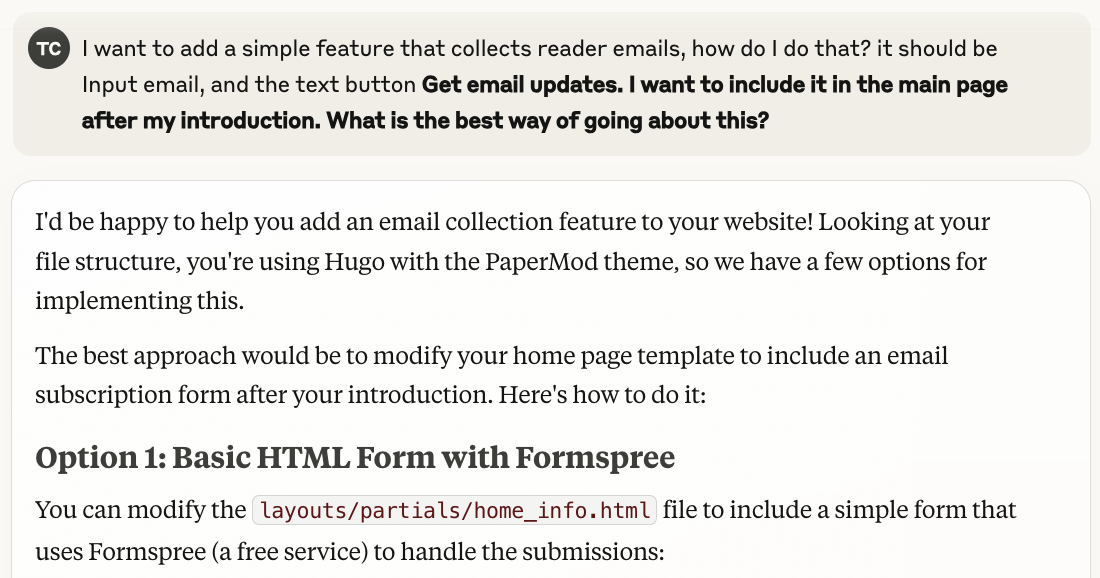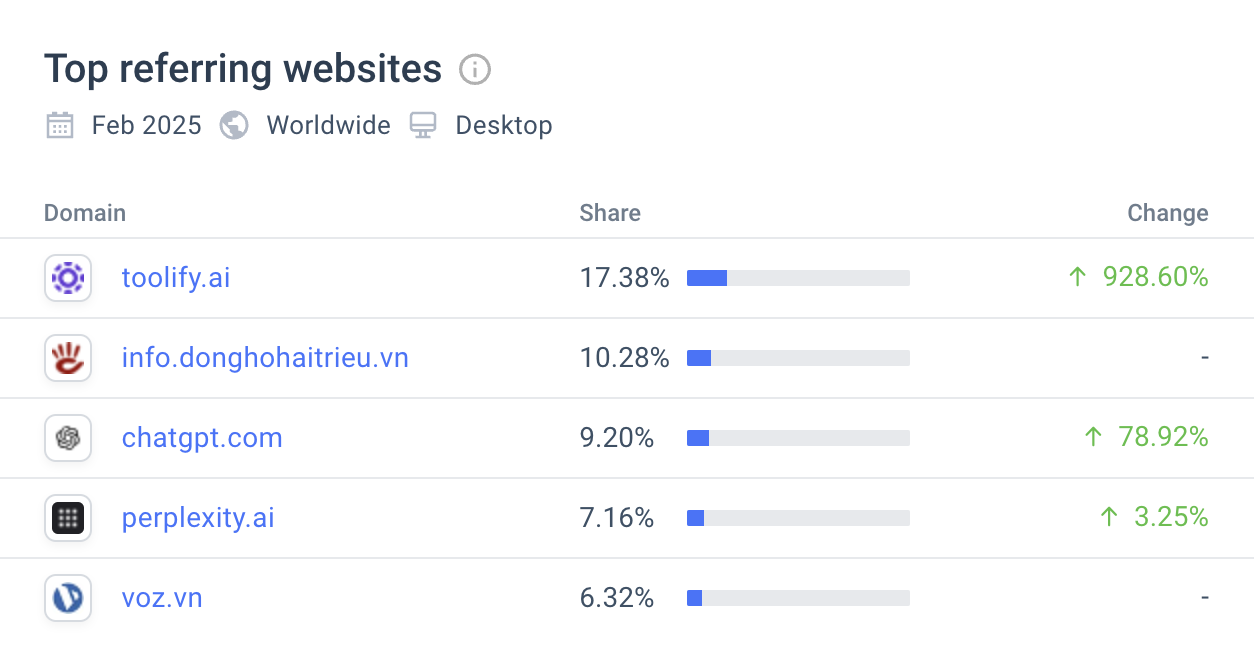When you want to look for user pain points, go to a bar in the middle of the week, look for the most desparate looking person and buy them a beer. They’d probably have something substantial to talk about. While I don’t usually go to bars during weekdays, I’ve found some similar ways of identifying user needs, mostly through conversations or online forums. This is a running document of the user needs or pain points that I’ve found to be interesting. Perhaps some of them will turn out to be viable business oppportunities.
More apparent ones:
2025-03-24
- Career seeking: it’s a difficult job market, whether it’s doing leetcode or preparing for behavioral interviews, people want a way to cheat their way out of this difficult process, and they’re willing to pay for it too.
2025-03-27
Agentic worklows: I’m usually more skeptical towards areas more widely reported, but agentic workflows may well be here to stay. From the initial action gpts (autogpt) agent chains (devin, metagpt, cogno etc), to the more recent operators (MCPs, OpenAI operator), it would indeed be nice to have agents act on our behalf (perhaps hopefuly not the way Anton goes about ordering Hamburgers in Silcon Valley).
Building on the previous point concerning agentic computer use. It’s also interesting to consider the two approaches towards web navigation: vision-based and ai-native-ui. While people like Aravind Srinivas have openly expressed their skepicism towards vision based web operations, noting the limitations imposed by operating systems, especially iOS, which restrict access to other applications, vision-based web interactions are inherently more versatile and flexible.
Content generation: Generative ai is at its core, generative. We have for the past three years seen numerous improvements in text/image/video/avatar generation, with applications in vairous forms of UGC (and now nearing PGC) ads, podcasts, short-form videos. I love how creative people have been with the available AI tools, but at the same time, I view these tools as an available means to scale creativity, not for enabling 0-1 creation.
Less apparent (and more interesting) ones:
2025-03-25
- Ads through LLM generated content: While I was trying to figure out the best way to add a forms feature to this website yesterday, I asked claude. And interestingly, this was what I got back at first:

Note that Formspree is a paid service. This raises an interesting point about the future of AI generated content and suggestions. On one hand, the result is based on training data inputted into the model, but at the same time, one can easily manipulate it to recommend one solution over another (try Formspree vs Google Forms). This presents an interesting avenue for ads via llm generated content, and given the extent to which people are willing to trust llm results, this could even be an effective avenue. Yet in doing so, we are also risking the reliability of llm generated content.
SEO is already changing in the age of LLMs, with AI genearated content flooding web browsers. Another interesting observation is the amount of website traffic going to specific companies from AI-enabled search services such as Perplexity. While looking at website traffic for Genspark and a few other websites, we can see both ChatGPT and Perplexity listed as the top referring websites (source: similarweb) Though the accuracy of this data is yet to be determined, it make sense intuitively that, owing to the large amount of content genearted via these AI platforms, the pages will be easily indexed by ai-browsers.

General Directions:
These are some relatively well agreed upon directions that one may take:
2025-03-27
- Better customization: Traditionally, a tradeoff existed between customization and scale. Creating for wider audiences required standardized offerings. However, as LLM inference costs rapidly decrease, information retrieval and content generation are approaching fixed costs. This shift enables customization at scale across various domains—personalized news, cinematography, and other content formats. Additionally, advancements in multimodal capabilities (voice, image, video) will likely introduce greater variety in the content we consume.